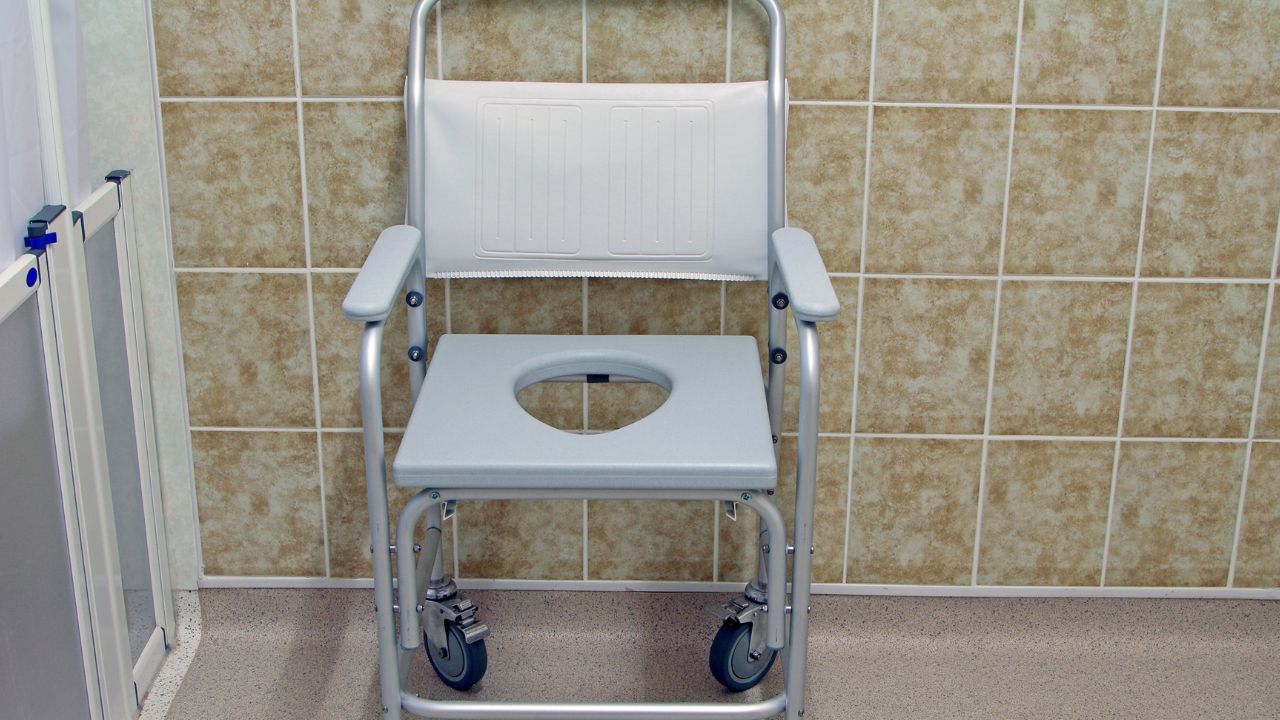Commode hygiene it is an important area of infection prevention and control.
While there are detailed national standards and guidelines on infection control and prevention but unfortunately there is very limited information on commode cleaning procedures and audit tools in the Indian context.
Commodes hygiene is a critical area for infection prevention especially in senior citizen care homes.
Since older people tend to consume higher medication hence the smell of urine and feces tends to smell foul, which makes it imperative to ensure proper hygiene of commode and bathrooms.
As India is witnessing a positive growth of Aged Care sector, hence it is even more important that caregiving staff should be aware of the health and safety procedures.
It is critical that home management should develop easy to understand care home policies and guidelines which are used for staff training and advocacy.
Lancashire County Council in their “Commode Audit Tool” defines a brief checklist on commode cleaning and audit.
As per NHS, UK, in order to comply with the Health and Social Care Act 2008: code of practice on the prevention and control of infections and related guidance, equipment that comes into contact with the resident, e.g. commodes, must be decontaminated appropriately between use and use by another resident.
Since a large population of India uses Indian style commode along with the western style, hence there is need for two different sets of cleaning procedures.
It is important that concerned stakeholders and policy makers need to focus on Elderly Care and facilitate the design and development of national standards, policies and guidelines.
The document can be downloaded here (Commode Audit Tool for Elderly Care Homes) or can be viewed below
